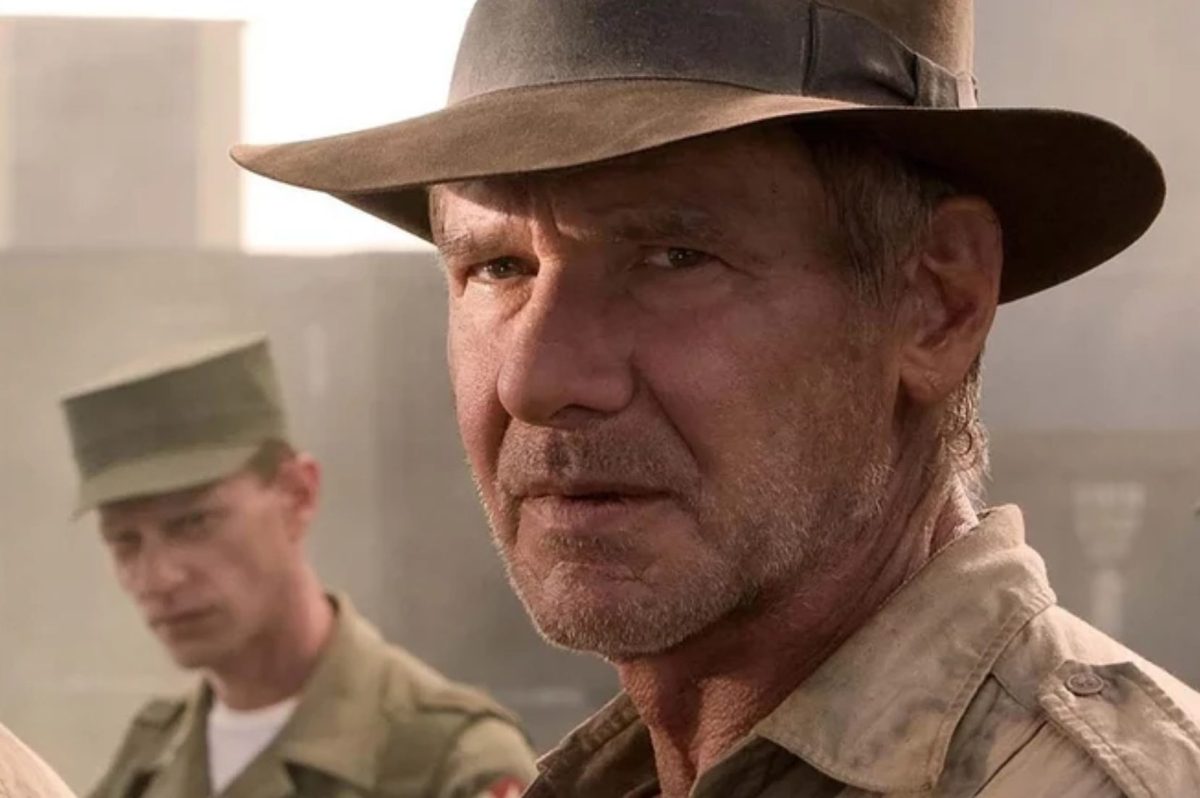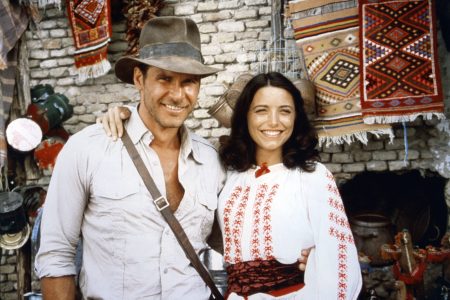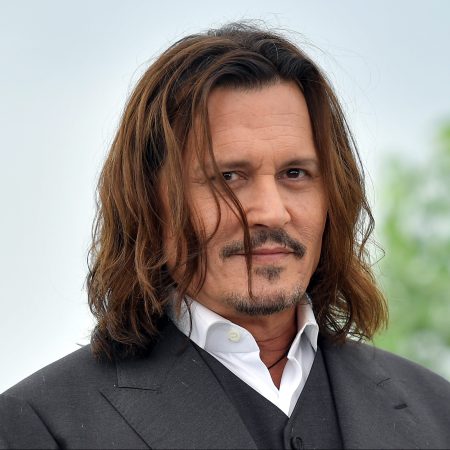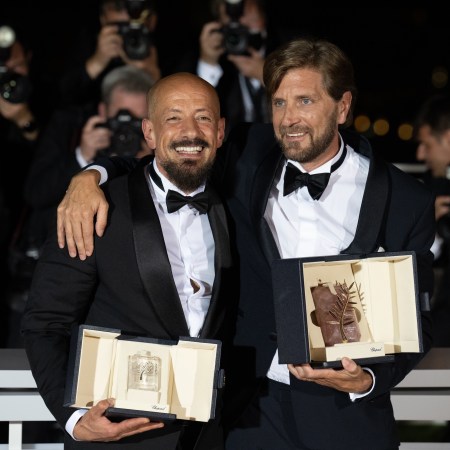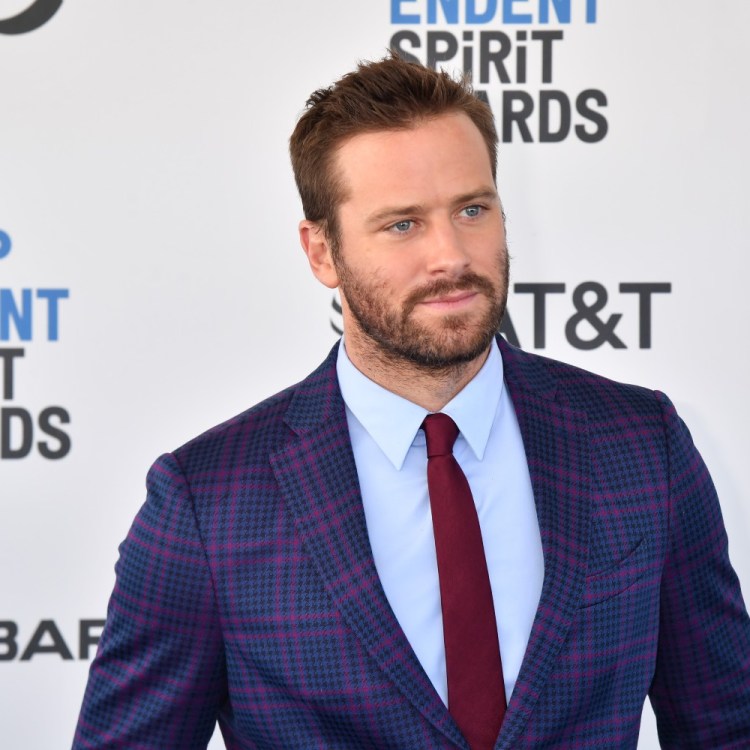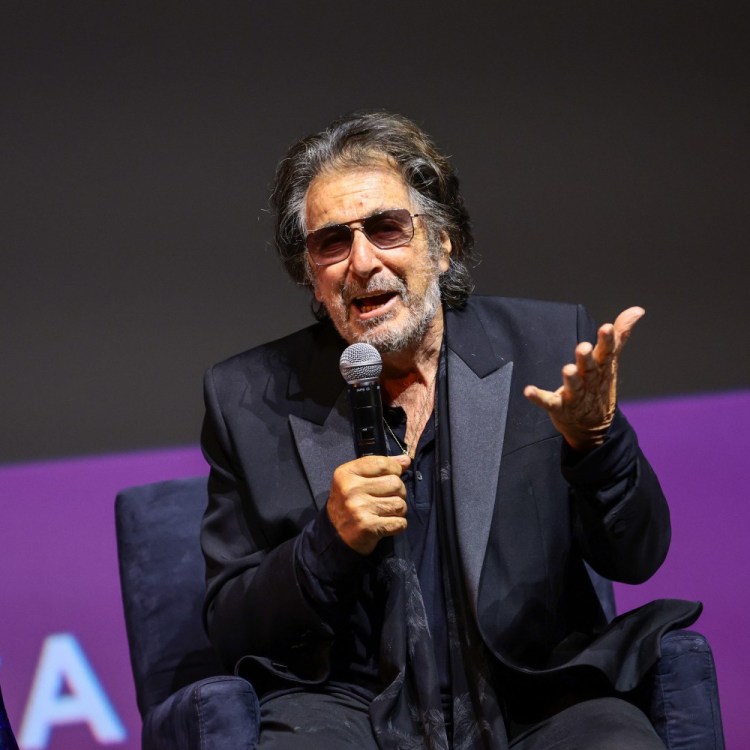This is the second installment of the 2023 edition of the French Dispatches, our on-the-ground coverage of the Cannes Film Festival.
Say what you will about Indiana Jones and the Kingdom of the Crystal Skull, but it was directed by Steven Spielberg. The Indy films are auteur pictures, not IP: They’re Rube Goldberg contraptions born of their whiz-kid director’s innate kinetic sense, whose form dictates the character of their brash, always-improvising hero. Each film is based around the visual and thematic preoccupations Spielberg was working through at the time: Raiders of the Lost Ark is an expression of the New Hollywood’s reverence for the Golden Age genre cinema of their memories, made early in the go-go ’80s; Temple of Doom, with its house of horrors and climactic trolley ride, is a literal theme park; the long-deferred father-son bonding in Last Crusade comes in the midst of the director’s prestige turn. Even the flawed and not entirely happily received Crystal Skull sees Spielberg exploring both the evolving potential of CGI spectacle alongside a crafty look at Cold War geopolitics, which points backwards to his then-recent annus mirabilis of War of the Worlds and Munich, and forward to Ready Player One and his subsequent collaborations with Tony Kushner.
Without him, what is there? Indiana Jones and the Dial of Destiny, which had its world premiere in Cannes on Thursday night, is by no means a bad film, but it is a conventional one; watching setpieces like a horse and motorcycle chase through dueling antiwar march and tickertape parade — with protest placards, open-top convertibles, floats and astronaut-themed balloons — it’s impossible not to wonder what Spielberg would have done with it, what telltale objects he would have planted in the set-up, what wind-up toys he would have set in motion, what obstacles he would have sent a dolly careening through.
The film begins back in the 1940s, with a computer-deaged Ford in a motorcycle-and-sidecar and chain chase; replacement director James Mangold hits the marks competently, with an above-average sense of space and reliable rolodex of images, but it’s not quite distinguishable from other blockbuster action sequences, not least from previous Indiana Jones films — there was a fistfight on the roof of a train in Last Crusade, too. Also like other modern blockbusters, the opening is shockingly dark and eerily slick — the usual wages of extensive digital effects, in this case chiefly the deepfake de-aging of Harrison Ford, which looks better than Irishman at least at this brightness setting.
The rest of the film is set in 1969, in which Indy looks to be around 80 years old, with a tremor and ineradicable trace of phlegm in his voice. Our evilest tech billionaires can receive as many transfusions of Zoomer blood as their money will buy, but they’ll never look as good as Harrison Ford does at his age; still, the fact remains that he was born four months before Joe Biden. Much of the action-star responsibilities now fall to Phoebe Waller-Bridge — in a pulpy adventure serial that’s always been gratifyingly casual about introducing new key characters, she plays Indy’s godddaughter, a savvy and cynical antiquarian who running across rooftops, leaps from moving cars and trades quips with Indy, like Lara Croft with one-liners (rather too many one-liners).
Mangold, the director who killed Wolverine in the mournful Logan, is in one sense an obvious Spielberg replacement here, with a franchise death wish to match that of the gruff, unpretentious stoner Ford, who was happy enough to kill off Han Solo in The Force Awakens. Here, amidst a callback plot filled — there are the expected riddles, booby traps, creepy-crawlers, Nazis — we reckon with a hero who has spent a lifetime unearthing other people’s tombs, now with one foot in his own.
The dial of destiny is, of course, time itself; in the film, the now-elderly Dr. Jones, weary after a lifetime drawn back, as Fitzgerald wrote, ceaselessly into the past, feels one last pull of adventure, and has one last buried treasure to uncover. In this case he is launched onto a quest for an invention of Archimedes which may have the power to manipulate time, and certainly brings back memories. At one point, another character asks Indy what he would go back in time to do, to which he replies that he would change a loved one’s fate; asked how he would do this, once back the past, he explains, with a voice heavy with regret, via a speech that doubles as exposition of the accumulated trauma with which all our action-figure characters are increasingly burdened. Ford, with his wind-eroded stoicism and lifetime of accumulated gravitas, sells the speech — he has always been a fine actor, in the frontiersman-turned-accidental-movie-star tradition of Gary Cooper — but of course, that’s not what Indiana Jones would say. He’d say something like, “I’d figure it out when I got there.”
The reason why he doesn’t say this is, of course, entirely the fault of the Indiana Jones films themselves. This inbuilt reverence for our franchises, this frankly religious longing for the heroes of our youth, is part of Spielberg’s legacy, of course — alongside the similarly retro Star Wars, from Indy co-creator George Lucas, Raiders is beginning of the modern veneration of franchises, the reason why the original films are now hard to pick out from among the replicas, like the true Grail among the dozens of fake ones in Last Crusade.
Such nostalgia is also increasingly a feature of Cannes. Dial of Destiny screened more or less in the slot occupied last year by Top Gun Maverick, another film about an ’80s blockbuster superstar, played by one of our last remaining movie stars, cheating death and turning back time. When Thierry Frémaux called Harrison Ford to the stage of the Lumière before the film to receive an honorary Palme d’Or, he was insisting on the endurance of cinema by reminding us of the endurance of its past. Ford, emotional after viewing the clip reel played in tribute, said, “They say when you’re about to die, you see your life flash before your eyes, and I just saw my life flash before my eyes.” Let it go.
Was Indiana Jones a Sexual Predator?
Karen Allen recently weighed in on her character Marion’s romantic history with JonesBut I came here to see the future of cinema, not just the past; this year marks the Competition debut for Wang Bing, who as the leading Chinese documentary filmmaker occupies a position of huge importance during a tectonic moment within the ongoing story of film (and geopolitics). Known for epic-length cinéma vérité portraits of difficult subjects — legendary in some circles, 2002’s West of the Tracks is a 551-minute portrait of industrial decline in Shenyang — he’s here with the longest film in competition, and the first documentary to vie for the Palme since Michael Moore’s Fahrenheit 9/11, Youth (Spring), at a comparatively sprightly three and a half hours, was shot over the course of 2014-2019 in Zhili City, 150 miles from Shanghai, a vast landscape of textile garment workshops where migrants from elsewhere in China, hunch over sewing machines for dozens of hours and too few yuan a week, and the cement-walled, litter-strewn, fluorescent-lit dormitories, just upstairs, where they eat.
Wang’s direct method, with no narration or interviews, has an obvious analogue in the American master Frederick Wiseman, but uses duration very differently than Wiseman does. Repetition is built into the design of the film, which introduces wave after wave of new characters, as new workers from the same rural provinces keep arriving. The workers, like the workshops, are all different but fundamentally linked by the same problems and pastimes. The young men and women flirt, with lots of teasing and pinching that can quickly turn aggressive, especially under the gaze of so many fellow-workers; they struggle to negotiate a fair price for their labor as recalcitrant bosses drolly plead poverty and undercut their salaries. The many, long scenes of workers rushing swatch after swatch of the same identical fabrics through loudly clacking sewing machines speak to the rhythm of their toil, their fundamental anonymity and replaceability in this economy, and of the impossible vastness of modern global supply chains.
You may notice a couple of familiar brands, both being passed through the sewing machines and on the workers. I spotted Paul Frank bedsheets on a worker’s cot in the first segment of the film, and a pile of Paul Frank shorts stacked next to another worker’s sewing machine some three hours later. During the runtime, I had time to think about the film’s title, Youth (evidently a series of films of which Spring is the first). Arrived from the rural provinces, clad in the same fast fashion they’re sewing, the are captured by Wang’s camera during the brief window during which they are nobody’s child, spouse or parent, with a little money of their own and energy to test themselves against the opposite sex, before they’re ground down by physical exhaustion, impossible quotas and stagnant opportunities. Youth is a grueling watch, but it’s also fleeting.
This article was featured in the InsideHook newsletter. Sign up now.
